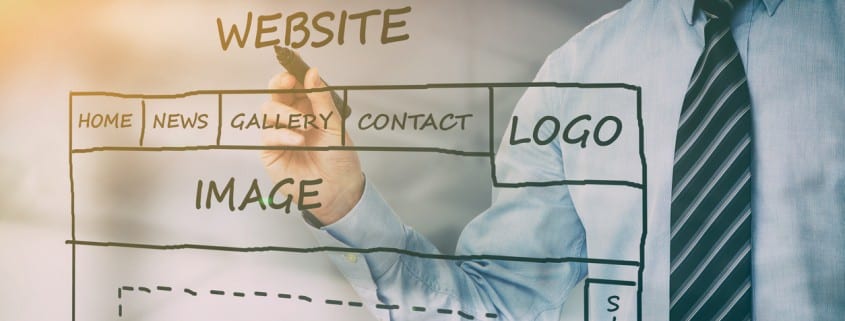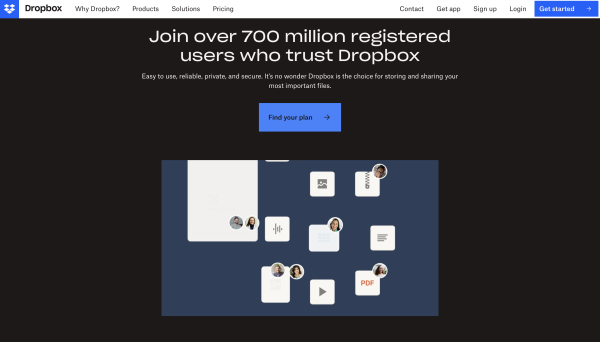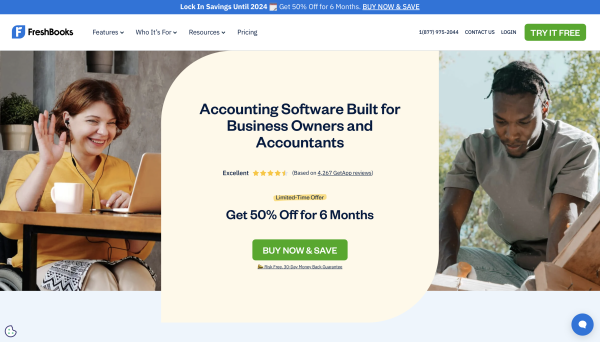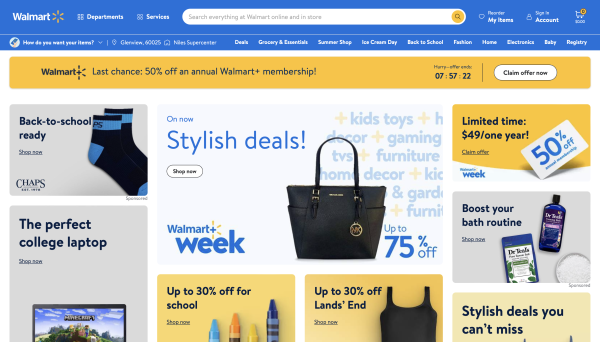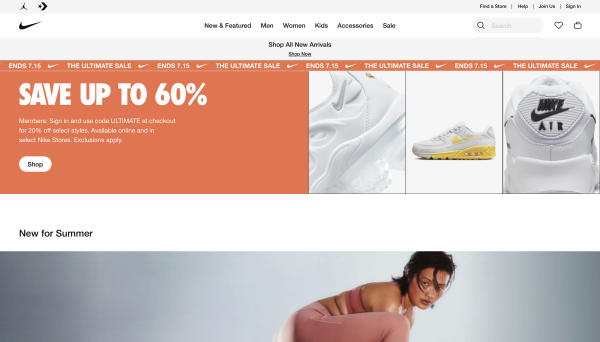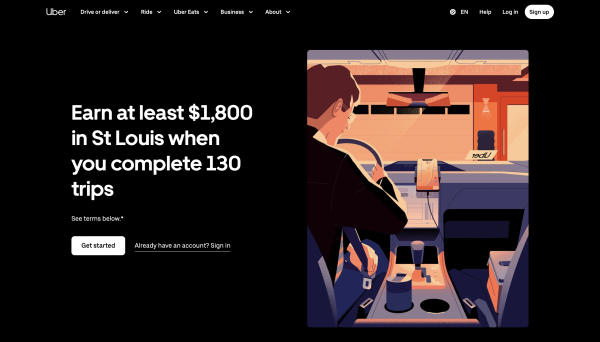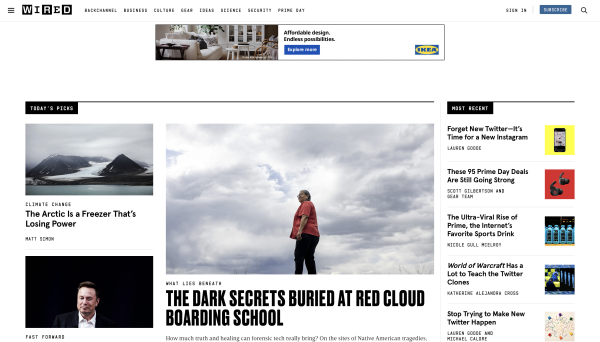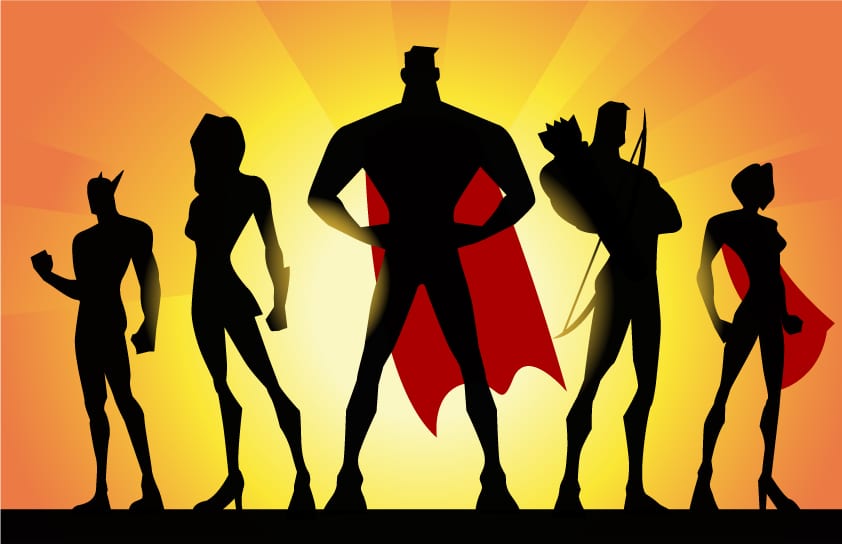
The Top 10 Strategies for Mastering Inbound Marketing
The inbound marketing strategies stand as a cornerstone for businesses aiming to attract, engage, and delight customers online. The benefits of inbound marketing can be a game changer for your business. By focusing on creating valuable content and tailored experiences, you can draw potential customers to your brand organically. Here are ten efficient ways to leverage inbound marketing for your business’s advantage.
Top 10 Strategies for Mastering Inbound Marketing
1. Content Creation and Blogging
Creating informative and engaging content is at the heart of the inbound marketing methodology. Blogs, articles, and white papers that address your audience’s challenges and questions attract traffic. Additionally, they establish your brand as a thought leader in your industry.
- Starting a blog is a strategic move that allows you to disseminate industry insights, current trends, and effective solutions. This platform serves as a beacon, drawing in those seeking knowledge and expertise in your field, thereby enhancing your brand’s visibility and authority.
- Implementing SEO strategies is fundamental in ensuring your content reaches its intended audience through search engines. By carefully selecting keywords, optimizing meta tags, and crafting quality content, you can significantly improve your online visibility, making it easier for potential customers to discover your offerings.
2. SEO Optimization
Search Engine Optimization (SEO) is crucial for enhancing your online visibility and must be included in your long term strategy. By optimizing your website and content for search engines, you can increase your chances of appearing in top search results, therefore making it easier for potential customers to find you.
- Conducting thorough keyword research is a pivotal step in understanding the search behavior of your target audience. By identifying the terms and phrases they frequently use, you can tailor your content to align with their inquiries as well as their interests, thereby increasing your content’s relevance and visibility in search results.
- Optimizing your website’s meta tags, headings, and content with relevant keywords is crucial for search engine visibility. This practice ensures that your site’s elements are aligned with what your audience is searching for, enhancing your chances of ranking higher in search engine results pages and attracting more qualified traffic.
3. Social Media Engagement

Social media platforms are powerful tools for implementing inbound marketing strategies. They allow you to engage directly with your audience and share valuable content, in addition to building a community around your brand.
- Actively sharing your blog posts and insightful content on your social media profiles can significantly enhance your online presence. This approach not only boosts engagement but also directs a wider audience to your website, enriching their understanding of your brand and offerings.
- Promptly engaging with your followers by responding to their comments and messages on social media reinforces your brand’s commitment to customer engagement. This timely interaction fosters a welcoming community atmosphere, encouraging ongoing dialogue and strengthening customer relationships.
- Consider partnering with prominent social media influencers that can exponentially increase your brand’s reach. These influencers, with their vast amount of engaged followers, can effectively convey your message, therefore driving awareness and potentially increasing your customer base through their trusted endorsements.
4. Email Marketing
Email marketing remains a highly effective tool for nurturing leads and keeping your audience engaged. By sending personalized and relevant content directly to your subscribers’ inboxes, you can build stronger relationships and encourage repeat business.
- Develop a segmented email list to send more targeted and relevant content.
- Use automation tools to send timely follow-ups or educational series to nurture your leads.
Also Read: Top 6 Email Marketing Tips
5. Lead Magnets and Landing Pages
Lead magnets, such as ebooks, webinars, and free trials, offer value to your audience in exchange for their contact information. Therefore, landing pages dedicated to these offers can significantly increase your conversion rates.
- Create compelling lead magnets that address your target audience’s pain points.
- Design landing pages that clearly communicate the value of your offer and include a straightforward call-to-action (CTA).
6. Customer Testimonials and Reviews
Leveraging customer testimonials and reviews is a powerful way to build trust in addition to credibility. Positive feedback from satisfied customers can persuade potential buyers to choose your brand.
- Feature customer testimonials prominently on your website and in your marketing materials.
- Encourage happy customers to leave reviews on relevant platforms.
7. Video Marketing
Video content is highly engaging and can convey your message in a dynamic way. Whether it’s explainer videos, customer testimonials, or behind-the-scenes glimpses, video can enhance your inbound marketing efforts.
- Create instructional or educational videos related to your products or services.
- Share your videos on your website, social media channels, and YouTube to reach a wider audience.
8. Influencer Collaborations
Partnering with influencers who align with your brand can help you reach a larger, more engaged audience. Influencers can introduce your products or services to their followers in an authentic and trustworthy manner.
- Identify influencers who share your target audience and brand values.
- Collaborate on content creation, product reviews, or sponsored posts to tap into their audience.
9. Interactive Content

Interactive content, such as quizzes, surveys, and polls, can increase engagement and provide valuable insights into your audience’s preferences and behaviors.
- Use interactive content to gather data about your audience’s interests as well as their challenges.
- Tailor your marketing strategies based on the insights gained from interactive content.
10. Continuous Analysis and Optimization
The inbound marketing methodology thrives on continuous improvement. Regularly analyzing your strategies’ performance and making data-driven optimizations is key to maximizing your inbound marketing efforts.
- Use analytics tools to track the performance of your content, campaigns, and website.
- Adjust your strategies based on the data to improve your ROI and meet your marketing goals.
Also Read: Want to know the difference between inbound and outbound marketing?
Here are ten efficient ways to leverage inbound marketing for your business’s advantage.
Inbound marketing offers a holistic approach to attracting, engaging, and delighting customers in a way that feels personal as well as intuitive. By implementing these ten strategies, you can build a robust inbound marketing framework that not only draws potential customers to your brand but also nurtures them into loyal advocates. Remember, the key to successful inbound marketing is to provide consistent value and to remain adaptable, always fine-tuning your approach based on feedback and performance metrics.
Ready to elevate your results? Explore our expert inbound marketing services to drive measurable impact and long-term success.



















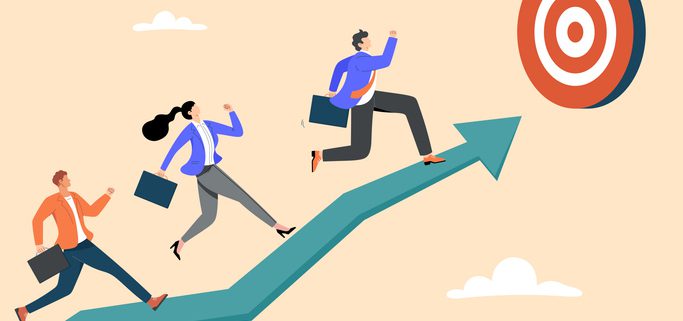
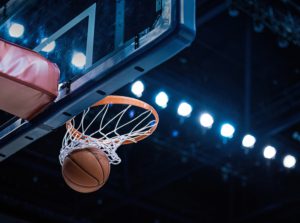
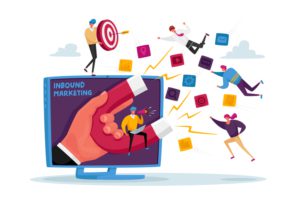 Mastering inbound marketing requires a strategic approach to attract, engage, and convert customers. From SEO optimization and content creation to email marketing and influencer collaborations, each tactic plays a crucial role in driving organic growth. Leveraging interactive content, social media engagement, and continuous performance analysis ensures your marketing efforts remain effective. By implementing these ten strategies, businesses can build strong customer relationships and increase brand visibility.
Mastering inbound marketing requires a strategic approach to attract, engage, and convert customers. From SEO optimization and content creation to email marketing and influencer collaborations, each tactic plays a crucial role in driving organic growth. Leveraging interactive content, social media engagement, and continuous performance analysis ensures your marketing efforts remain effective. By implementing these ten strategies, businesses can build strong customer relationships and increase brand visibility. 